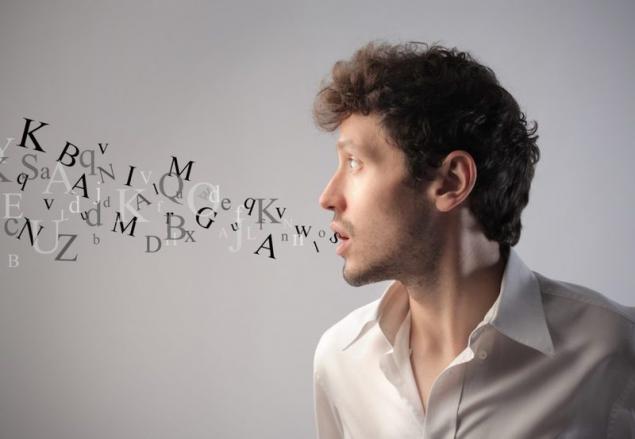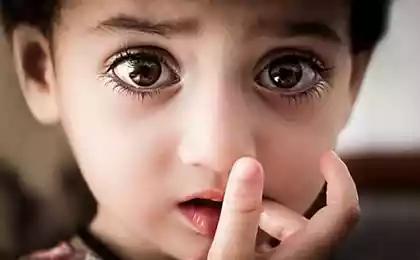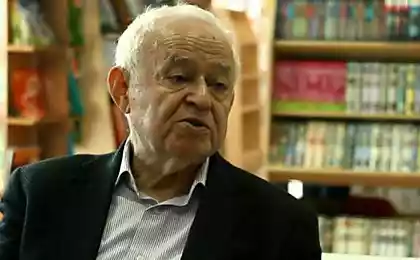536
The art of communication: WHAT we say and HOW we understand
Communication between people is a complex process. What we say, sometimes you know absolutely wrong, and often this is because our interlocutor has his own vision of things, and not even trying to listen — hurry to Express it. Our already established ideas about the order of things, the inability to adequate analysis of reality, before to make a decision and a habit of speaking before people in front of us finish their thoughts — here are the most common mistakes in communication.

Communication, what we say, what we want to say andhow we understand others. The first condition for the communication to be fruitful, is respect. Sometimes, however, we see that this condition is not fulfilled and some people prefer to raise your voice, thinking that so they will better understand; others are not able to maintain eye contact, which installs the empathy needed to make our word heard. Communication styles in which we grew up. Communication style, which we often faced during our childhood and early youth, is of great importance and determines the style of communication in adult life. Authoritarian style, for example, does not recognize the dialogue. It is communication in which one who has great authority sets the direction of the conversation. Authoritarianism does not recognize dialogue or empathy. It operates only orders. All of this can lead to the fact that the child will think that all his thoughts or feelings do not matter. Complete opposite of the previous is the democratic style of communication. That where there is affection, attention, respect, ability to listen and correctly interpret the received message. People who always see this style of communication, where their needs are listened to and where each word is considered to be important, feel more confident and have self-esteem issues. It is important to learn to hear what is not said. We talk about the need to be able to hear what is unsaid. Sometimes the phrase is much more than just a set of words with a specific meaning. The expression to which we say, the tone and gestures define this type of non-verbal communication, which sometimes has more weight than the verbal one. We forget to look into the eyes of our interlocutor. Often this nonverbal communication is replaced by "emoticons", as nowadays most of the dialogues takes place by means of electronic communications. It is important to cultivate the art of conversation face to face where our mind expresses participation, understanding and brings us together. This is the most important element of communication, because to communicate is, first and foremost, to convey emotion.

Stop trying to explain to those who understands you, as he wants. There is a battle in which wiser to accept defeat, even though everything in us resists this. After accepting this fact, we recognize that even those people who love do not always understand us. Sometimes, the dialogue goes far beyond the feelings and even emotions. We are already talking about the values of life. Sometimes what we say we are defending, is completely useless for someone who doesn't hear us and doesn't even try to understand. So, instead of continue fighting and wasting time in useless disputes, sometimes it is wiser to accept the position of others and to understand that to communicate does not always mean to understand each other.And remember about respect for the other person. published by P. S. And remember, just changing your mind — together we change the world! © econet
Source: steptohealth.ru/otvechaem-za-nashi-slova-ne-za-kak-drugie-ih-ponimayut/

Communication, what we say, what we want to say andhow we understand others. The first condition for the communication to be fruitful, is respect. Sometimes, however, we see that this condition is not fulfilled and some people prefer to raise your voice, thinking that so they will better understand; others are not able to maintain eye contact, which installs the empathy needed to make our word heard. Communication styles in which we grew up. Communication style, which we often faced during our childhood and early youth, is of great importance and determines the style of communication in adult life. Authoritarian style, for example, does not recognize the dialogue. It is communication in which one who has great authority sets the direction of the conversation. Authoritarianism does not recognize dialogue or empathy. It operates only orders. All of this can lead to the fact that the child will think that all his thoughts or feelings do not matter. Complete opposite of the previous is the democratic style of communication. That where there is affection, attention, respect, ability to listen and correctly interpret the received message. People who always see this style of communication, where their needs are listened to and where each word is considered to be important, feel more confident and have self-esteem issues. It is important to learn to hear what is not said. We talk about the need to be able to hear what is unsaid. Sometimes the phrase is much more than just a set of words with a specific meaning. The expression to which we say, the tone and gestures define this type of non-verbal communication, which sometimes has more weight than the verbal one. We forget to look into the eyes of our interlocutor. Often this nonverbal communication is replaced by "emoticons", as nowadays most of the dialogues takes place by means of electronic communications. It is important to cultivate the art of conversation face to face where our mind expresses participation, understanding and brings us together. This is the most important element of communication, because to communicate is, first and foremost, to convey emotion.

Stop trying to explain to those who understands you, as he wants. There is a battle in which wiser to accept defeat, even though everything in us resists this. After accepting this fact, we recognize that even those people who love do not always understand us. Sometimes, the dialogue goes far beyond the feelings and even emotions. We are already talking about the values of life. Sometimes what we say we are defending, is completely useless for someone who doesn't hear us and doesn't even try to understand. So, instead of continue fighting and wasting time in useless disputes, sometimes it is wiser to accept the position of others and to understand that to communicate does not always mean to understand each other.And remember about respect for the other person. published by P. S. And remember, just changing your mind — together we change the world! © econet
Source: steptohealth.ru/otvechaem-za-nashi-slova-ne-za-kak-drugie-ih-ponimayut/























